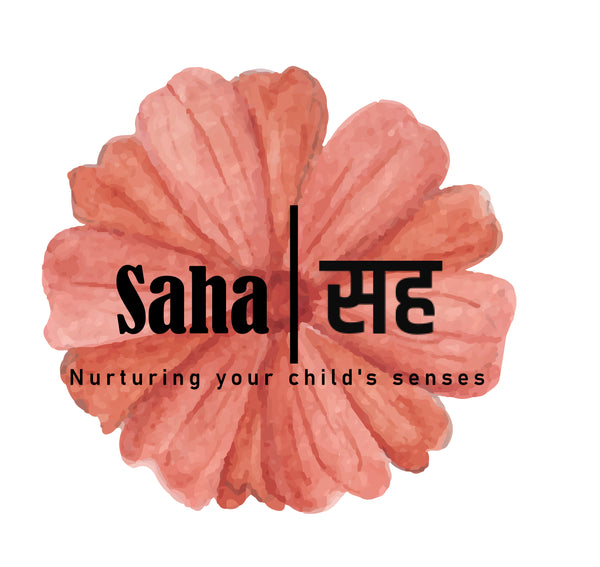
Why Toddlers Throw Things and How to Handle It Positively
Share
It can be puzzling—and sometimes frustrating—when toddlers start throwing things. Whether it’s food, toys, or anything they can get their hands on, throwing is a natural part of a toddler’s developmental journey. While it may seem like mischief, this behavior has underlying reasons that are tied to their growth, exploration, and communication. Understanding why toddlers throw things and how to respond appropriately can help parents navigate this stage with patience and effectiveness.
Why Do Toddlers Throw Things?
-
Exploring Cause and Effect
Toddlers are natural scientists, constantly exploring how the world works. Throwing things teaches them about cause and effect—what happens when a toy hits the ground, when food splatters, or when a parent reacts. This experimentation is part of their cognitive development -
Developing Motor Skills
Throwing helps toddlers develop their gross motor skills, hand-eye coordination, and muscle strength. As they toss objects, they’re fine-tuning their control over movements, which is critical for physical development. -
Expressing Emotions
Toddlers often throw things as a way to communicate emotions like frustration, boredom, or excitement. Since their verbal skills are still developing, actions like throwing become their outlet for big feelings. -
Testing Boundaries
Throwing is also a way to test limits and see how adults will react. It’s a toddler’s way of understanding rules and boundaries within their environment. -
Seeking Attention
Sometimes, throwing becomes a tool for gaining attention—whether positive or negative. Even a frustrated reaction from a parent reinforces the behavior because it signals to the child that throwing leads to engagement.
How to Handle Toddlers Who Throw Things
While it’s tempting to scold or react strongly, staying calm and implementing thoughtful strategies can guide your child toward healthier behaviors:
-
Stay Calm and Neutral
Reacting with anger or frustration often reinforces the behavior. Instead, respond in a calm and composed manner. Clearly state, “We don’t throw food/toys. It can hurt someone or make a mess”. -
Provide Safe Throwing Alternatives
If your child has the urge to throw, redirect this behavior toward appropriate outlets. Offer soft balls, beanbags, or outdoor play opportunities. This allows them to explore throwing safely while developing motor skills. -
Explain Consequences and Set Boundaries
Help your child understand the consequences of throwing. For example, if they throw food, calmly explain, “Food stays on the plate. If you throw it again, we’re done with mealtime.” Consistency and gentle reinforcement will help them learn boundaries. -
Redirect Their Attention
Anticipate when your toddler is about to throw and redirect them to a different activity. For example, if they’re bored, introduce a new toy or involve them in a simple, engaging task. Distraction can help prevent unwanted throwing. -
Validate Their Emotions
Throwing often stems from frustration or a lack of words to express big emotions. Acknowledge how they feel: “I can see you’re upset. Let’s find another way to tell me what you need.” Providing emotional support helps toddlers learn healthier ways to communicate. -
Teach Appropriate Play
Demonstrate how to use objects properly. Show your child how to place toys gently or toss a ball appropriately. Positive reinforcement, such as praising good behavior, also encourages better choices. For instance, “Great job putting your blocks away nicely!” -
Create an Environment for Success
If your child repeatedly throws certain objects, limit access to those items temporarily. Offer fewer, safer items and provide structured activities to keep them engaged. A simplified environment can reduce overstimulation and unwanted behaviors. -
Throwing at Mealtimes
Throwing food is a particularly common issue during toddlerhood. It may signal that your child is full, bored, or seeking attention. Here’s how to address it:
- Use clear boundaries: “Food stays on the table.”
- Remove the plate calmly after repeated throwing.
- Offer smaller portions or involve your toddler in mealtime tasks to keep them engaged.
When to Be Concerned
Occasional throwing is normal and expected, but if your child throws aggressively, frequently, or in unsafe situations, it’s worth seeking professional guidance. Persistent behavior might stem from sensory processing challenges, frustration with communication, or emotional needs that require additional support.
Conclusion
Throwing things is a natural part of toddler development, driven by curiosity, exploration, and the need to express emotions. By understanding the reasons behind this behavior and responding calmly with clear boundaries and alternatives, parents can help toddlers navigate this stage successfully. Remember, patience and consistency are key.
For further reading on this topic, check out these insightful resources:
- BabyCenter: Why toddlers throw things and what to do about it. Retrieved from https://www.babycenter.com/toddler/behavior/throwing_1200989.
- The Bump: Why Toddlers Throw Things—and How to Make Them Stop. Retrieved from https://www.thebump.com/a/toddler-throwing-things.
- Momtessori Life: Why Does My Toddler Throw Things and What Can I Do About It? Retrieved from https://momtessorilife.com/2022/11/30/why-does-my-toddler-throw-things-and-what-can-i-do-about-it/#google_vignette.
